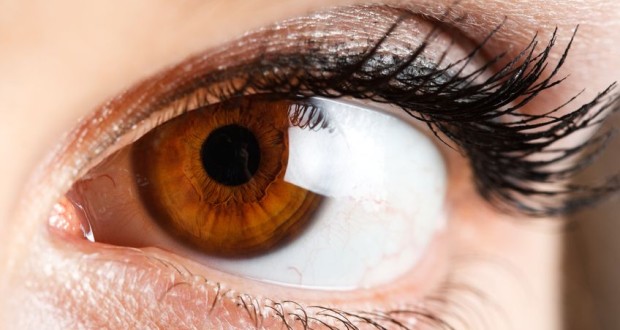Imagine undergoing a surgical procedure to restore your vision with minute telescopes. Such a surgery might sound like something that is years away from becoming a reality. In fact, this operation is currently available to patients across the United States, and has shown great promise in treating those suffering from vision loss.
Age and Eyesight
It’s well understood that age does a number on the body; the bones get weaker, the muscles begin to wither and certain diseases become more common. Compounding these problems is that our vision also goes into noticeable decline; according to National Eye Institute, visual impairment afflicts over 25% of those over the age of 80 (visual impairment is defined as visual acuity that rates as 20/40 or worse in the patient’s better eye).
One of the leading causes of deteriorating vision in older adults is age-related macular degeneration (AMD). AMD is chronic condition that attacks the macula, a small area at the back of the eye. As this disease progresses, the eye’s ability to clearly define objects when looking straight ahead (also referred to as central vision) slowly erodes, causing a blurry spot to form in the center of the patient’s field of vision. In many cases, this blurry area grows larger over time, making it increasingly difficult for the patient to drive, read, write and properly discern faces.
A New Method of Treatment
Options for treating age-related macular degeneration have generally included anti-angiogenic drugs, laser therapies and vitamins. A recent breakthrough in medical technology, however, has enabled some patients to enjoy improved vision. This new procedure might sound almost too groundbreaking and innovative to believe; in short, the damaged eye’s lens is removed and replaced with a miniature telescope. Smaller in size than a pea, these telescopes remain in the eye for the remainder of the patient’s life.
It takes surgeons roughly an hour to replace the eye lens and install the telescope. Once the device has been successfully inserted into the eye, the telescope works to improve the patient’s vision by magnifying the objects in their central vision. The telescope then projects this magnified visual data back to undamaged sections of the retina, a layer of tissue located at the back of the eye. The retina then transfers this information to the brain to be processed into an image.
Impact on Vision
Once implanted into the eye, these small telescopes should noticeably improve the patient’s vision. Seniors who undergo this procedure often find that they are much better able to distinguish facial features, read words on signs and safely navigate through both indoor and outdoor environments.
As encouraging as this surgical procedure might sound, it should not be viewed as a cure-all. Even with these telescopes, AMD still hinders the eyes’ ability to accurately see and interpret their surroundings. For example, this surgery will not allow patients to read fine print, nor will it allow them to resume driving.
In addition, a patient must meet certain requirements in order to undergo the procedure. These criteria are listed below:
- The patient must be at least 75 years old
- Both eyes must be suffering from end-stage macular degeneration
- The patient must not have had cataract on both eyes
This procedure also involves post-surgery rehabilitation, as patients need months of occupational therapy to properly adjust to the changes made to their vision.
Despite these drawbacks, limitations and restrictions, numerous patients have found that this cutting-edge surgery has greatly improved their quality of life. One such person, Patricia Gajewski, told Fox News that “[my vision] is not 100 percent, but it is better – I can tell. I can walk into a room and recognize some faces; I am not afraid to be social. […] I was afraid to cross the street and everything like that, but now I can cross the street. I can go shopping by myself.”
Similar sentiments were echoed by 77-year old Jim Hindman, another patient who underwent this procedure. In an interview with NBC news, Hindman hailed the surgery as “miraculous,” stating that “the change in my psychological outlook on life was dramatic.” Hindman noted how he could now clearly see his Thoroughbred horses as they roamed across his property.
Though there is still no cure for age-related macular degeneration, seniors affected by this disease have new reason for optimism. The introduction of implantable eye telescopes offers AMD patients the prospect of living a more fulfilling life.
 Natural Knowledge 24/7 Educate yourself with nutrition, health and fitness knowledge.
Natural Knowledge 24/7 Educate yourself with nutrition, health and fitness knowledge.






